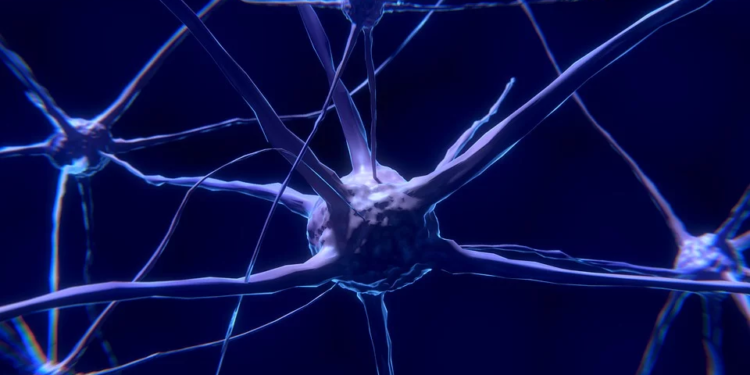From Pittsburgh comes a polymeric biodegradable nerve guide filled with protein to promote the growth of long sections of damaged nerves, avoiding the transplantation of stem cells or nerves of the donor
Damage to the peripheral nervous system is one of the most common causes of disability. Nerves can grow back on their own up to almost a centimeter, but if the damaged section is longer, the nerve cannot reconnect the two ends.
The nerve often knots during regeneration in a painful agglomeration called neuroma. Among civilians, car accidents, machine accidents, cancer treatment, diabetes and even childbirth trauma can cause significant nerve damage. Among soldiers, however, many return home with injuries to arms and legs, which are not well protected by bulletproof vests, often resulting in nerve damage and disability.
The most common treatment in cases of long segment damage in the nerve is the removal of another nerve from the back of the leg. Removal causes numbness of the leg and other complications and also has a (low) chance of not taking root. After self-transplantation only 40-60% of motor function typically returns.
The new methodology was developed by a group of the University of Pittsburgh School of Medicine, coordinated by Prof. Neil Fadia, and published in the journal Science Translational Medicine.
The implant consists of a biodegradable polymeric guide that works as a rail and connects the two ends of the nerve. The polymer has a tube structure and is filled with a protein that promotes the growth of the new nerve. The protein is the same protein that was seen to accumulate in the brain in a recent Parkinson’s study.
At the state of the art, the technology has been tested in monkeys, with implants up to 5 cm long. The regrowth of the new nerve occurred within a year and the monkeys have regained about 80% of motor control.
After these promising results in monkeys, researchers will try to test the methodology on human patients. The group is already collaborating with the Food and Drug Administration (FDA) on a human clinical trial that should also lead to the birth of a new start-up, AxoMax Technologies Inc.
If you want to read more news and inventions, browse The Patent, the Magazine of Inventions.

































